Sweaty hikes, gym wear, office commutes, or winter jackets. Each scenario demands different breathability. A fabric that’s too airtight will trap heat and moisture. On the flip side, something too breathable may protect you from the wind or rain. It’s all about waterproof breathable fabric balance.
Basic Concepts of Breathability
Fabric breathability refers to how well a fabric allows moisture, vapor, and air to pass through it. In simple terms, how well can sweat escape while still keeping wind or rain out?
Think of your skin trapped in a plastic bag—zero breathability. Now imagine a screen window—high breathability. Most functional fabrics fall somewhere in between.
Real-World Importance in Apparel
Athletes, hikers, industrial workers, even casual commuters—all need breathable clothing. Without it, moisture builds up inside the garment, causing discomfort, odor, and eventually fabric breakdown. Breathability improves performance, comfort, and fabric longevity.
Table Of Contents
Key Performance Indicators of Breathable Fabrics
MVTR (Moisture Vapor Transmission Rate)
MVTR measures how much water vapor passes through a square meter of fabric in 24 hours. It’s calculated in g/m²/24h. The higher the number, the better the moisture vapor can escape.
- < 5,000 g/m²/24h – Poor (like heavy PVC rainwear)
- 5,000–10,000 – Moderate (basic polyester shells)
- 10,000–20,000 – High (used in sportswear)
- >20,000 – Excellent (technical outerwear)
RET (Resistance to Evaporative Heat Transfer)
RET, measured in m²·Pa/W, tells us how much resistance a fabric gives to sweat evaporation.
- RET < 6 – Extremely breathable
- 6 ≤ RET < 13 – Good breathability
- 13 ≤ RET < 20 – Acceptable
- RET > 20 – Poor (causes discomfort)
Low RET = better performance. Simple.
Air Permeability – The Often Overlooked Hero
Air permeability measures how easily air flows through a fabric. Units: cc/cm²/sec or L/m²/s. While MVTR handles vapor, air permeability tells us how the fabric "breathes" when we move.
Breathability Ratings of Common Functional Fabrics
Let’s break down some popular fabrics and how they perform. To check air permeability units, MVTR, and RET, specific lab tests are used. Air permeability is measured using instruments like the Textest FX 3300 or ASTM D737, expressed in liters per square meter per second (L/m²/s).
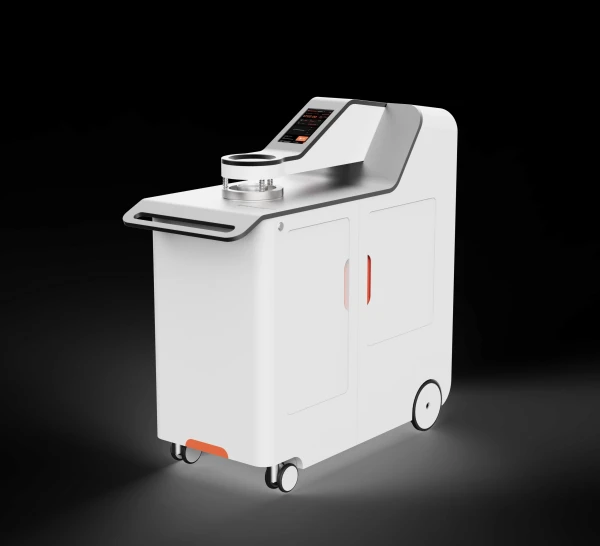
MVTR (Moisture Vapor Transmission Rate) is tested using methods like ASTM E96 or JIS L 1099, reported in grams per square meter per 24 hours (g/m²/24h). RET (Resistance to Evaporative Heat Transfer) is measured using the sweating guarded hotplate test (ISO 11092), with values expressed in m²·Pa/W—lower RET values indicate higher breathability. These tests are typically conducted in textile labs under controlled temperature and humidity conditions.
Fabric Breathability Chart
|
Fabric Type |
Air Permeability (L/m²/s) |
MVTR (g/m²/24h) |
RET (m²·Pa/W) |
Breathability Level |
Best Use |
|
Softshell |
5–15 |
8,000–15,000 |
6–12 |
High |
Outdoor jackets, hiking, ski wear |
|
Sherpa |
20–50 |
2,000–6,000 |
18–25 |
Low |
Linings, casual hoodies, cold weather wear |
|
Fleece |
100–150 |
6,000–10,000 |
8–14 |
High |
Mid-layers, sportswear |
|
Bonded Mesh |
80–130 |
10,000–15,000 |
5–9 |
Very High |
Sports linings, ventilated panels |
|
Microfiber |
3–10 |
4,000–7,000 |
12–18 |
Moderate |
Lightweight jackets, fashionwear |
|
Taslan |
2–8 |
6,000–10,000 |
10–15 |
Moderate |
Daily outerwear, windbreakers |
|
Fake Memory |
0.5–2 |
3,000–5,000 |
18–25 |
Low |
Stylish coats, structured jackets |
|
Taffeta |
1–4 |
2,500–5,500 |
15–22 |
Low to Moderate |
Linings, light wind-resistant shells |
|
Pongee |
1–3 |
4,000–8,000 |
13–19 |
Moderate |
Umbrellas, linings, everyday jackets |
|
Oxford |
2–6 |
5,000–9,000 |
10–16 |
Moderate |
Bags, outerwear, uniforms |
Softshell Fabric
- Air Permeability: 5–15 L/m²/s
- MVTR: 8,000–15,000 g/m²/24h
- RET: 6–12
- Applications: Outdoor jackets, trekking, ski wear
3-layer Softshell strikes a balance. It blocks wind and water but still allows you to sweat without stewing. It’s the Goldilocks of outerwear fabrics.
Bonded Sherpa Fabric
- Air Permeability: 20–50 L/m²/s
- MVTR: 2,000–6,000 g/m²/24h
- RET: 18–25
- Applications: Winter lining, hoodies, lounge wear
Super cozy, but breathability? Not Sherpa fabric’s strong suit. Great for insulation, but don’t expect it to handle a high-output hike.
Fleece
- Air Permeability: 100–150 L/m²/s
- MVTR: 6,000–10,000 g/m²/24h
- RET: 8–14
- Applications: Mid-layers, activewear, light jackets
Fleece breathes like a champ. It’s light and porous, making it ideal for cold, dry activities.
Bonded Mesh
- Air Permeability: 80–130 L/m²/s
- MVTR: 10,000–15,000 g/m²/24h
- RET: 5–9
- Applications: Sportswear, inner linings
Bonded mesh behaves like an air vent—perfect for heat zones like armpits and backs.
Microfiber
- Air Permeability: 3–10 L/m²/s
- MVTR: 4,000–7,000 g/m²/24h
- RET: 12–18
- Applications: Cleaning cloths, fashionwear, water-repellent outerwear
Tightly woven and often coated, microfiber doesn’t let much air through. It’s more about smoothness than breathability.
Taslan Fabric
- Air Permeability: 2–8 L/m²/s
- MVTR: 6,000–10,000 g/m²/24h
- RET: 10–15
- Applications: Outdoor jackets, urban fashion
Taslan handles both abrasion and wind well. Breathability is moderate, ideal for day-to-day outerwear.
Fake Memory Fabric
- Air Permeability: 0.5–2 L/m²/s
- MVTR: 3,000–5,000 g/m²/24h
- RET: 18–25
- Applications: Trench coats, luxury outerwear
Stiff, sleek, but barely breathable. It’s more about the crinkle look and structure than moisture movement.
Taffeta Fabric
- Air Permeability: 1–4 L/m²/s
- MVTR: 2,500–5,500 g/m²/24h
- RET: 15–22
- Applications: Linings, windbreakers
Often treated with coatings, taffeta is decent for blocking wind but not ideal for activewear.
Pongee Fabric
- Air Permeability: 1–3 L/m²/s
- MVTR: 4,000–8,000 g/m²/24h
- RET: 13–19
- Applications: Umbrellas, linings, jackets
Pongee’s strength lies in water resistance. It does okay with breathability but leans toward windproof.
Oxford Fabric
- Air Permeability: 2–6 L/m²/s
- MVTR: 5,000–9,000 g/m²/24h
- RET: 10–16
- Applications: Backpacks, jackets, uniforms
Durable and moderately breathable. Oxford is a workhorse, not a sprinter.
Factors That Affect Fabric Breathability
Fiber Content
Natural fibers like cotton and wool allow better moisture vapor flow. Synthetics like polyester can trap vapor unless engineered for breathability.
Weave Density
Tight weaves block airflow. Loose weaves breathe better but may lose water resistance.
Finishing Techniques
PU coatings, cire finishes, and laminations all reduce air permeability. DWR (durable water repellent) can maintain MVTR if done right.
Choosing the Right Fabric for Your Need
Here’s a simple rule: High-output activities (running, hiking, cycling) demand high MVTR and low RET. For everyday urban wear, moderate numbers work. For extreme cold? Focus on insulation, but don’t ignore breathability.
Conclusion
Breathability is more than just a buzzword. It’s measurable, comparable, and critically important. From softshell’s perfect balance to sherpa’s cozy cave, every fabric behaves differently.
Understanding MVTR, RET, and air permeability helps you pick the right material, not just what looks good, but what performs. The next time you shop for a jacket or plan a line of outdoor gear, let the numbers do the talking.
FAQs
1. What is a good MVTR for sportswear?
A value over 10,000 g/m²/24h is ideal. Elite sportswear often hits 20,000+ for maximum sweat escape.
2. Why does RET matter more than air permeability?
RET reflects how easily your body can cool through sweat evaporation. Low RET = high comfort in active situations.
3. Is fleece more breathable than microfiber?
Yes. Fleece often allows 100+ L/m²/s of airflow, while microfiber typically allows under 10 L/m²/s.
4. Can water-resistant fabrics still be breathable?
Yes, if they're microporous (like Gore-Tex) or treated with breathable coatings that don't block vapor.
5. How can I test breathability at home?
Try the steam test: Hold fabric over boiling water. If vapor passes through quickly, it's breathable. Not exact—but it gives you a clue





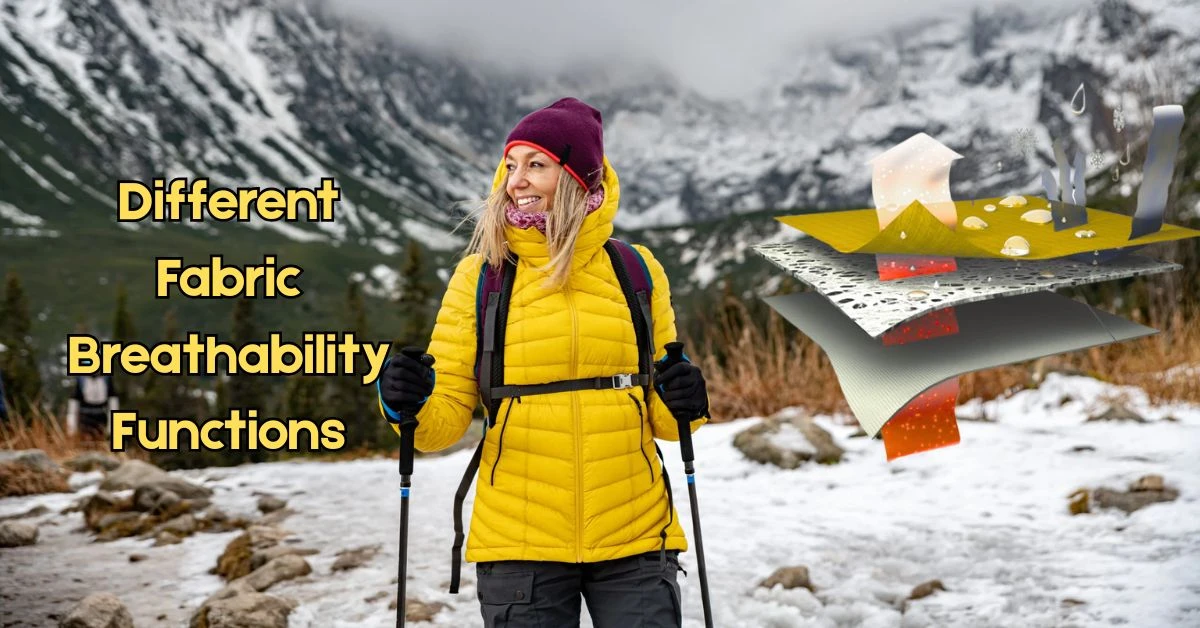

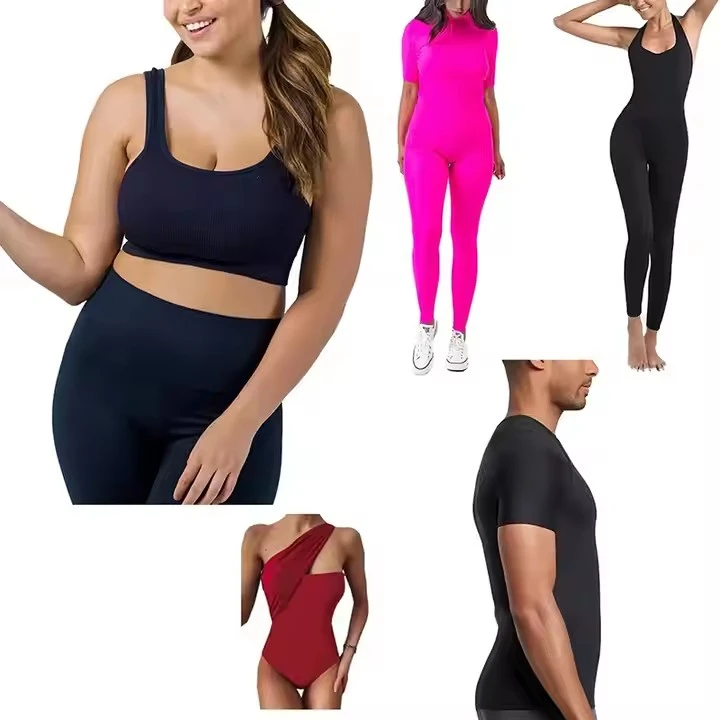
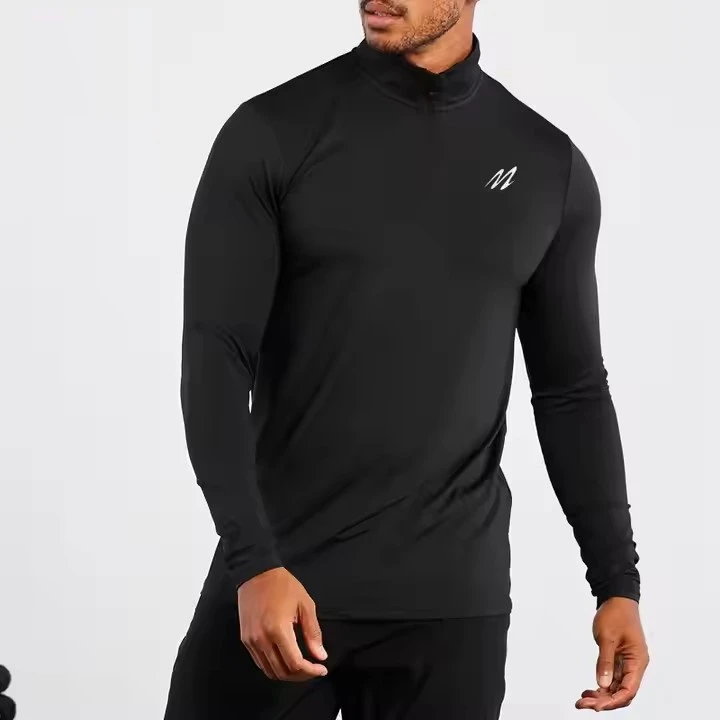


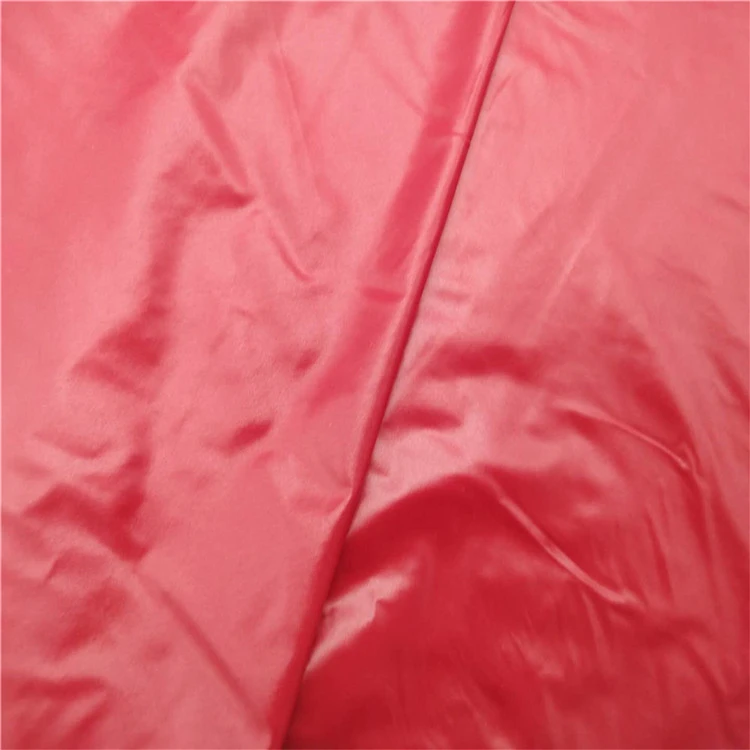
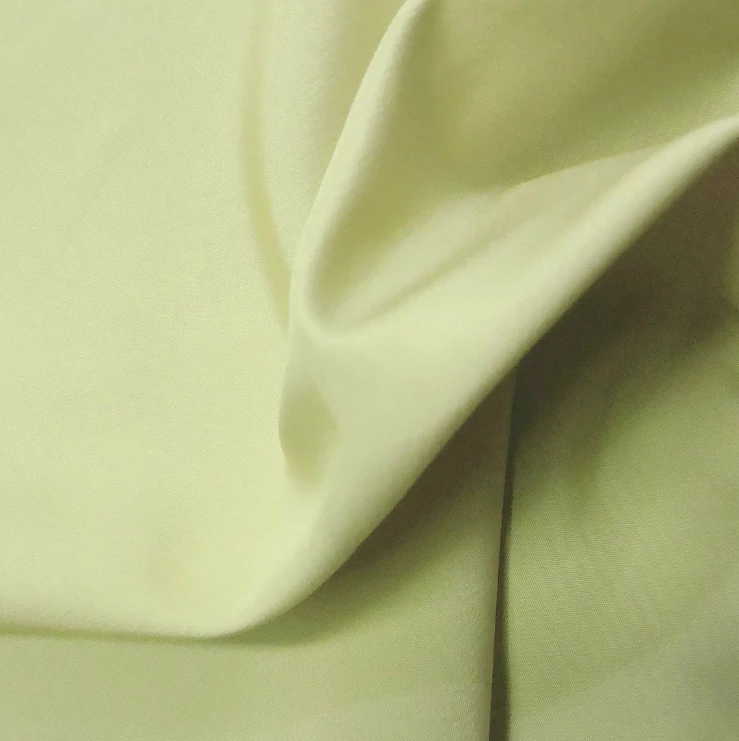

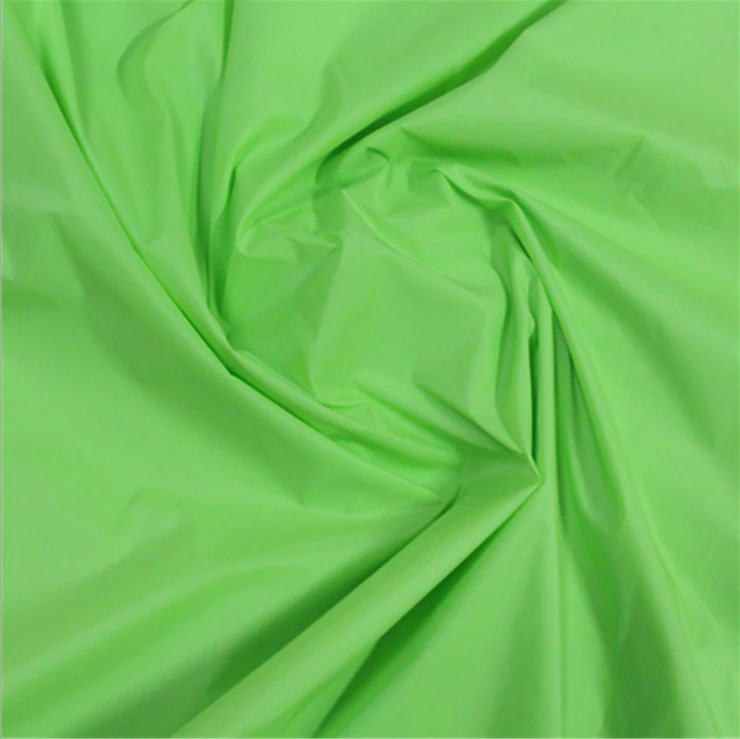
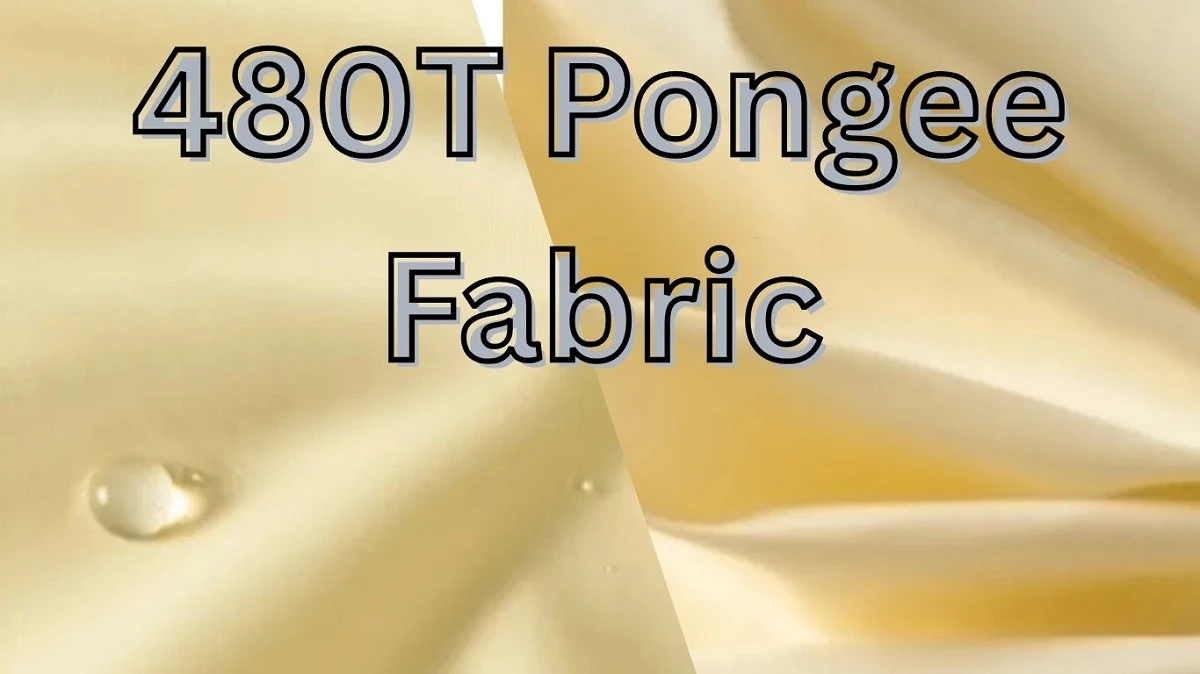
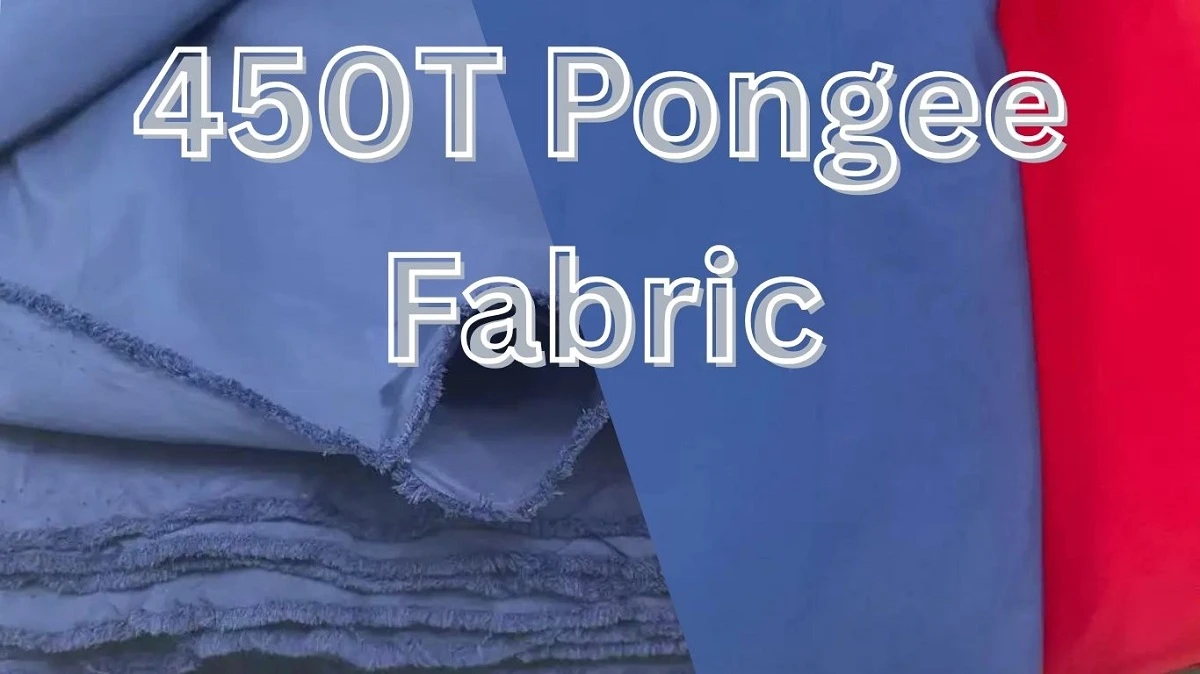
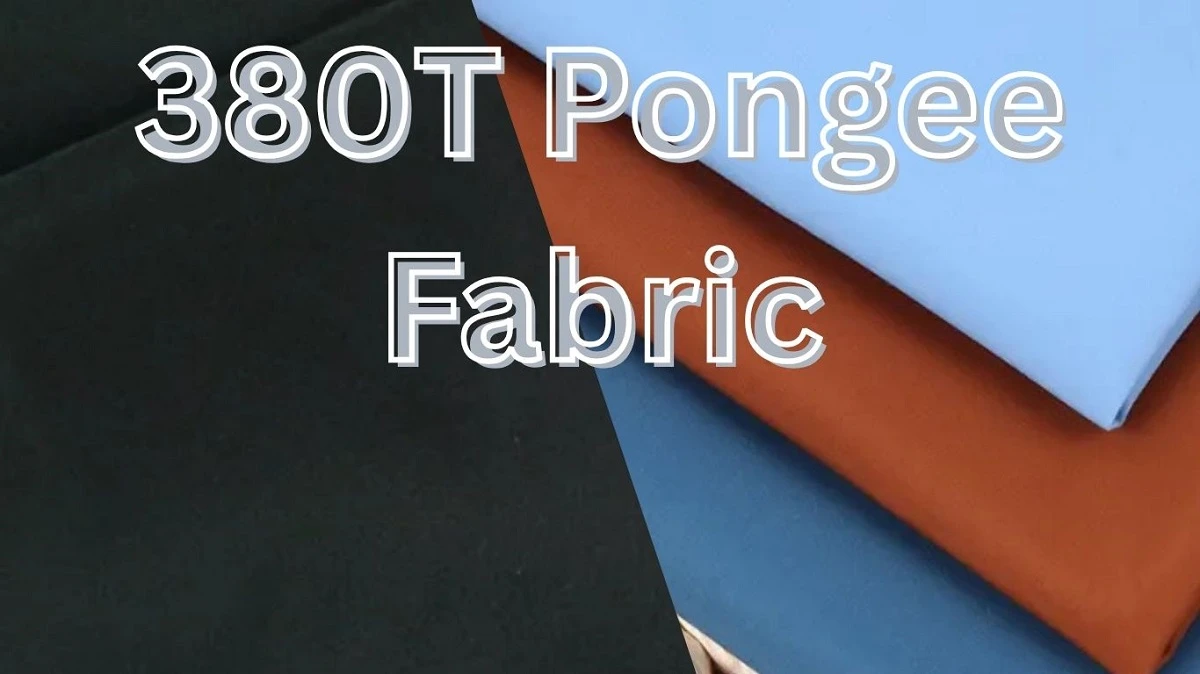
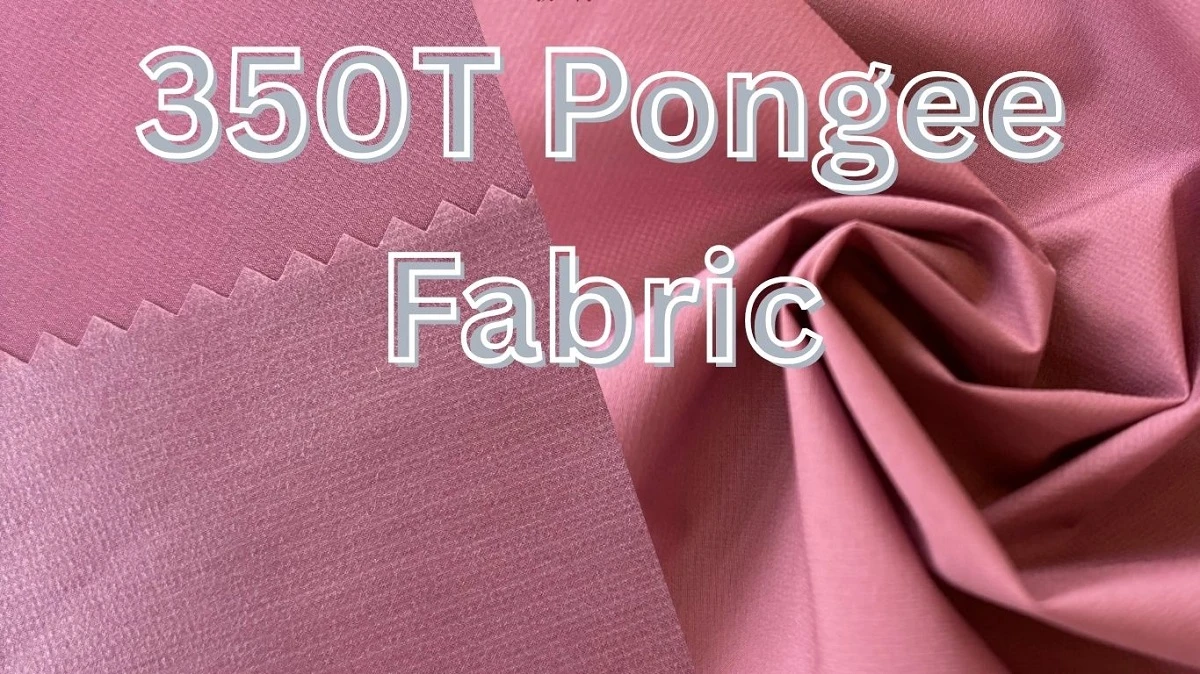
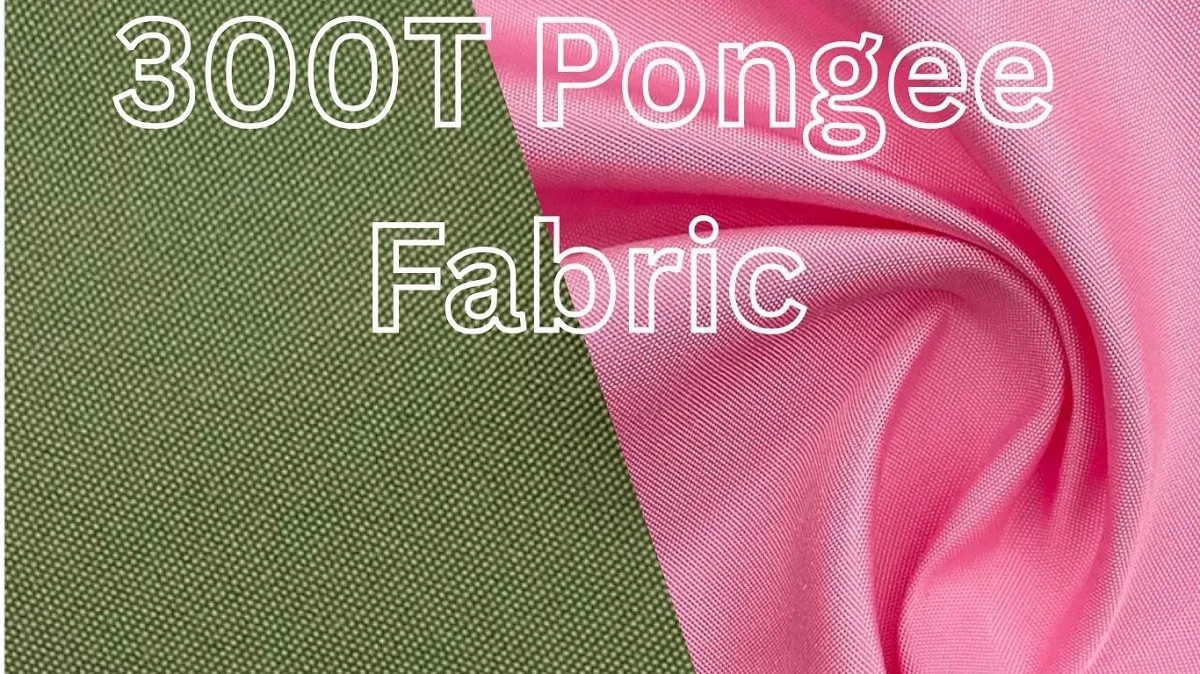
Comments - 00
Leave A Reply
Thanks for choosing to leave a comment.